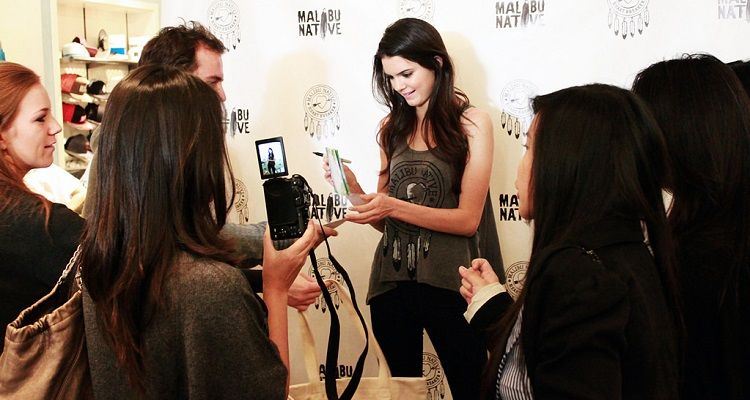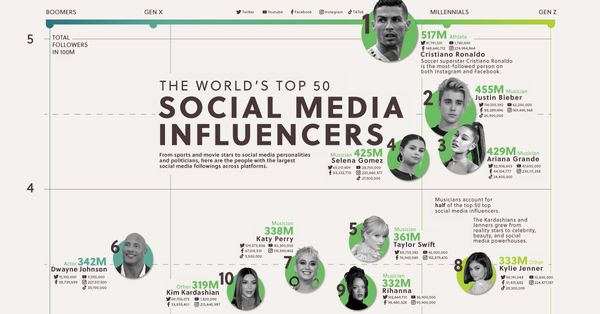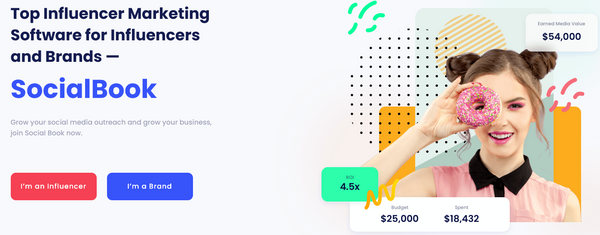The key to any successful influencer marketing campaign is to select the best possible influencers for your goals. Sure, you may have budget limitations, but it is highly probable that an ultra-expensive celebrity influencer is not the best choice for your campaign, anyway.
The data in the SocialBook influencer profiles can give you a wealth of information that can help you in your influencer discovery. We currently have two sample Instagram profiles available for anybody to look at, Kim Kardashian and Foxfell (Amanda Alice Forman). We will use these profiles for example purposes in this post.
The Return on Influencer Marketing
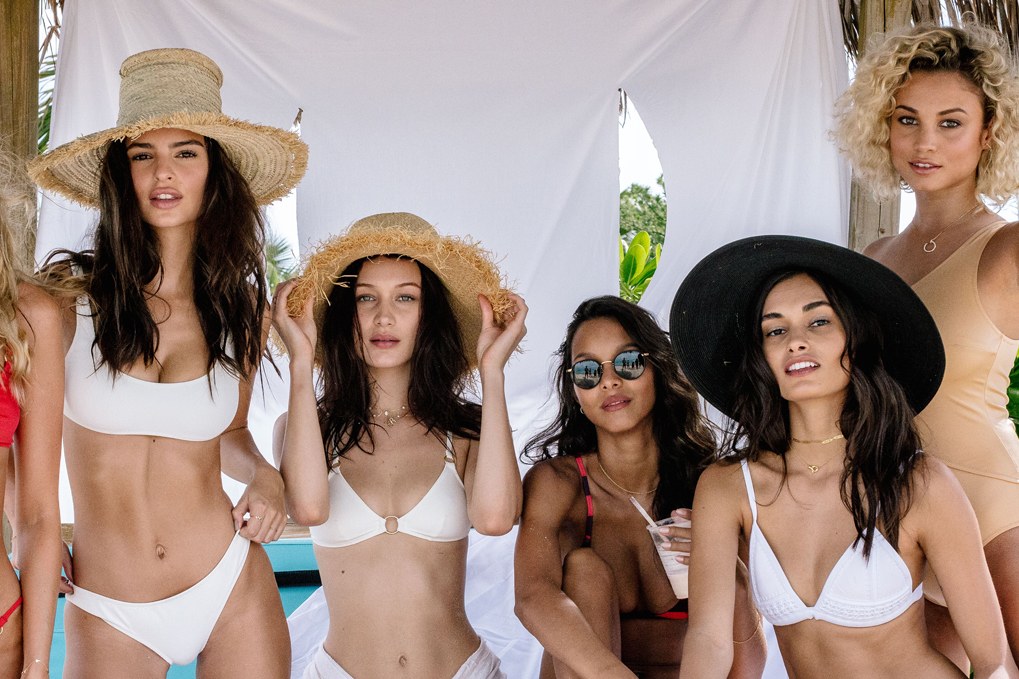
There are multiple ways to measure the return of an influencer marketing campaign, depending on what a brand is hoping to achieve. One standard method used is the Average Earned Media Value (sometimes also known as the Influencer Media Value).
Earned Media Value calculate the worth a brand receives from its investment in influencer marketing. Obviously, a brand would hope that their campaign would generate an EMV of at least $1 for every $1 they pay their influencers.
The recent Influencer Marketing Hub Influencer Marketing Report 2019 tells us that industry-wide, the Average Earned Media Value per $1 spent on Influencer Marketing in 2018 was $5.20. In other words, the average influencer marketing campaign generated $5.20 income for each dollar paid.
As handsome a figure as this is, there is one major caveat. It is an average figure. Some brands made $15 or more for every dollar they spent on influencer marketing. However, approximately 25% of the firms surveyed didn’t receive a positive return. Some saw no return on their investment at all.
So, why did some brands thrive with influencer marketing, when other brands failed? Was it just sheer luck, or was it something more scientific?
The real difference between “winner” firms that succeed with influencer marketing and those that fail is that successful firms take a more targeted thoughtful approach. The firms who fail take a more scattergun approach.
The Importance of Setting Goals in Influencer Marketing
One area where many brands err is not setting clear goals for their influencer marketing campaigns. Influencer marketing goals are pivotal to campaign success.
You need to establish why you are trying influencer marketing. What is the purpose of your campaign, and what are you hoping to achieve? You certainly don’t want to be trying it just because you’ve read that it’s new and trendy and feel you might as well be part of the buzz.
Your goals also affect how you measure your campaign. Although Earned Media Value (EMV) can be an excellent way to establish the success of a campaign if your goal is to increase your sales, it will be of little value if you aim to increase sign-ups to a website or to increase your brand mentions. Some of the “loser” brands from the previously mentioned survey might be very happy with their results if they achieved their non-financial goals.
Your goals will impact every stage of your influencer marketing journey, including your selection of the most appropriate influencers. You are going to want to pick the best influencers (within your budget) who will help you meet those campaign goals.
4 Possible Campaign Goals
Some common campaign goals include:
- Creating brand awareness –focus on strategies that will generate brand mentions, followers, and shares. You want to work with influencers who will encourage their followers to share your material, often using branded hashtags.
- Traffic – you want your influencers to send (appropriate) traffic to your website. If you pick influencers who target the wrong people, they will send useless traffic your way.
- Sales and lead generation – obviously, in this case, you will be most interested in the EMV of your campaigns. You need to select suitable influencers most likely to lead to conversions. This could include using affiliate marketing and discount codes as part of your campaign. You want to ensure that your influencers’ audiences very closely match your preferred customers.
- Social media followers and engagement – here, you are going to want influencers to send traffic to your company’s social pages. This works in closely with brand awareness. However, you don’t just want people, to come to your social business pages and then leave. You want to end the campaign with engaged followers. You could even consider an influencer takeover – where you let a specific influencer take over your company account for a particular time. Obviously, you will want to ensure that your brand and the influencer share similar values. Otherwise, you may have problems with the influencer posting inappropriate material from your page under your business name.
Select the Best Influencers to Meet Your Goals
A common problem faced by firms who fail with their influencer marketing campaigns is that they haven’t tied their influencer selection to campaign goals.
Brands attempting influencer marketing for the first time often try to pick influencers, merely because they recognize the person’s name. Usually, they go after mega or macro-influencers, and either struggle to gain interest from the influencers or are stunned at the quoted cost of a campaign. There is little point in a small business, or indeed any business in a niche industry, working with big-name superstars. It is better to leave this level of influencer to large brands that sell to mass markets.
Although the size definitions of influencers seem to be fluid, one current model can be best summed up as:
- Nano-influencers: 1,000 – 10,000 followers
- Micro-influencers: 10,000 – 50,000 followers
- Mid-tier influencers: 50,000 – 500,000 followers
- Macro-influencers: 500,000 – 1,000,000 followers
- Mega-influencers: 1,000,000+ followers
The bulk of influencer marketing is performed by micro-influencers. These are usually people who have built up a reputation as being an expert in some topic. If your market is very niche, you could even consider working with nano-influencers. You will also find mid-tier influencers who may appeal to your target market. They will, of course, cost more, and may be more reluctant to take on new work, if they already have clients.
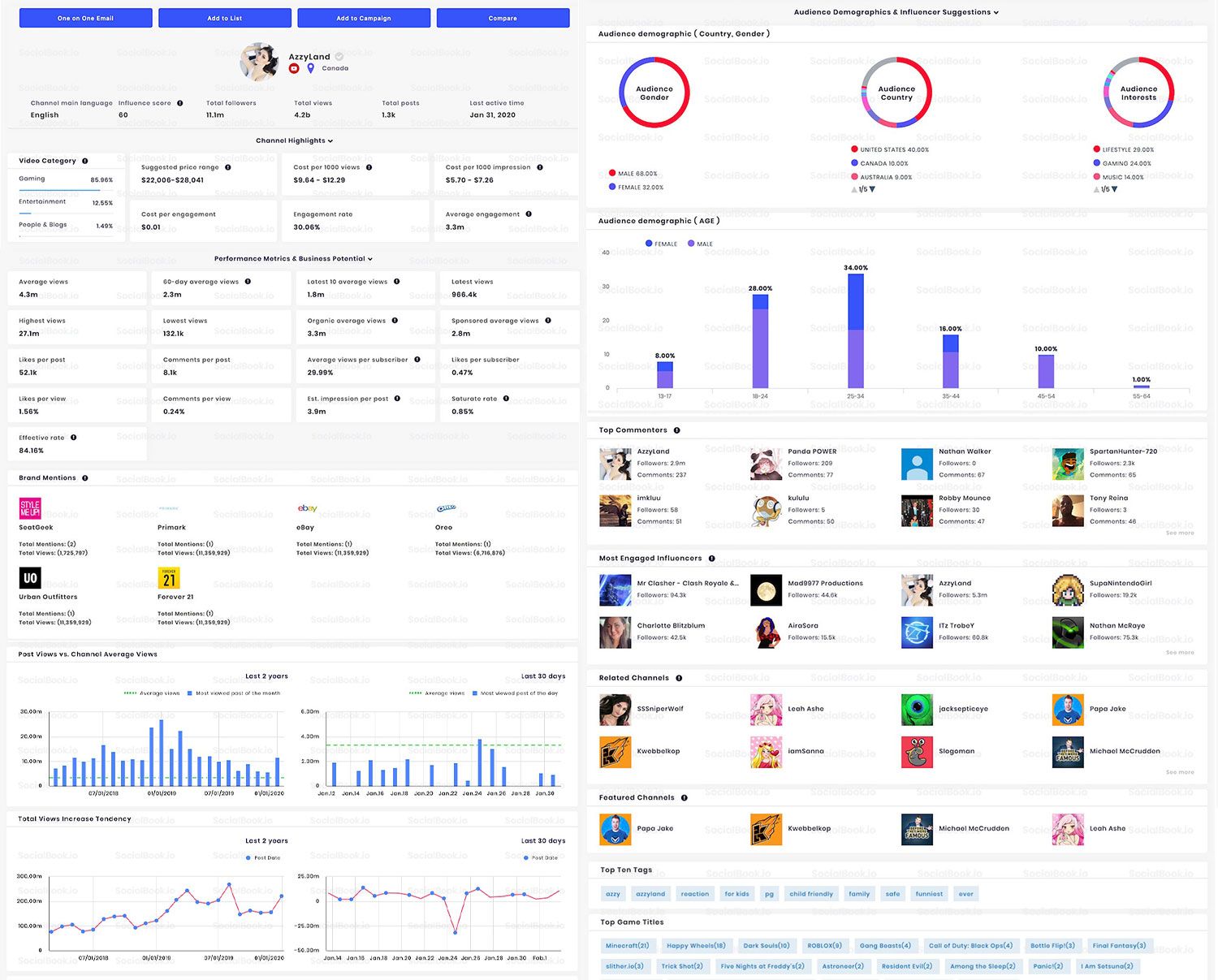
Regardless of an influencer’s size, the most critical consideration needs to be, is an influencer’s audience, the same as your target market? This is particularly so when your goal is to increase sales and lead generation. There is little point paying influencers to preach to followers who would never buy your product because it lacks relevance to their lives.
How SocialBook Can Help You Select the Best Influencers
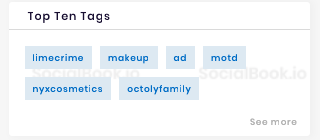
With the advanced search filter of SocialBook, brands can narrow down potential influencers and avoid wasting your time on people who would fail to help you meet your goals.
Neither of the two sample accounts would be ideal for most businesses – Kim Kardashian is a mega-influencer, and Foxfell is a mid-tier influencer. However, we can still use Foxfell as an example. Mid- to large-sized firms in the health and beauty sector may consider working with her as long as her audience matches their marketing aims.
To be honest, the first metric you would look for in a potential influencer before you go any further is Estimated Price Range. If your business can’t afford an influencer, no matter how suitable they would be for your marketing, there is little point going any further through this analysis. These figures don’t show in the sample files, but Kim Kardashian would probably cost above the budget of most small to medium businesses, Foxfell is perhaps more manageable.
You then need to look closely at the sector in which the influencer makes most of his/her posts. You may already have a good knowledge of your topic, and possibly recognize the person’s name. If you don’t, look at their Top Ten Tags. Foxfell included makeup and nyxcosmetics in her list, so it seems clear that she often posts in the beauty sector. Of course, the fact that she says “I like makeup and all things” in her profile is also a giveaway here.
Looking further down the page, we can see that many of Foxfell’s Brand Mentions are by clear beauty companies (and if you are in the sector, you would most likely recognize them better than the average person).
If there was any doubt at all, it becomes abundantly clear when you look at Foxfell’s Most Engaged Influencers – nearly all of whom have clear beauty-sounding names.

Assuming you can afford an influencer’s estimated price range, and they seem to focus on the same subject as your business, you should continue to see how well they will meet your goals. Brands operating in the beauty sector could potentially work with Foxfell. If you are looking for somebody to promote your latest videogame, you should probably keep on searching for a more suitable influencer.
Look Closely at the Influencer’s Demographics
The next thing to look for is the influencer’s audience demographics. Remember, you want their audience to resemble your potential customer base closely. Sure, if your goal is brand awareness, you can look at a relatively wide range of similarity factors. But if you are hoping to work with an influencer to increase your sales, you need a very close alignment between the influence’s audience and your customer base.
Foxfell’s support is quite global. Her largest support base is in the United States, but it still only makes up 19% of her followers. She also appears to have a strong European following. As you would expect in the beauty sector, most of her followers are female, and 56% are aged 25-34. She has no followers aged over 45, and only 2% of her followers are aged 13-17.
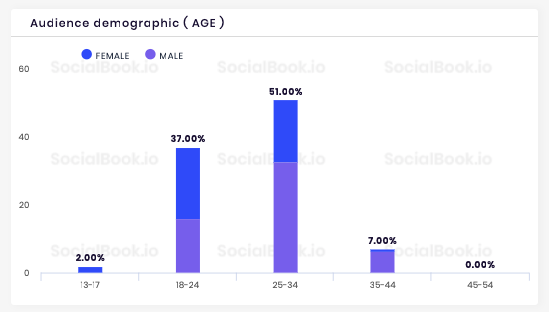
If your brand targets women in their 20s and 30s, then Foxfell continues to come across as a potential influencer. However, if you sell beauty products to teenagers or seniors, then you can cross her off your list and keep searching for somebody more suitable.
Doe the Influencer Have a History of Mentioning Brands?
If you are still interested in the influencer, you should then look closely at his/her history of working with brands. The Brand Mentions section lists the leading brands the influencer has worked with, detailing the number of times the influencer has mentioned the brand and the number of likes the posts have generated.
It is important to remember that Foxfell is a mid-tier influencer when we look at her stats. She has worked with some big-name brands, and many of her posts appear to have resonated with her followers. Most posts by smaller influencers won’t generate such large numbers.
If engagement is one of your campaign goals, you will also want to check that the influencer regularly engages with his/ her followers. You will see quite a few engagement statistics near the top of the page, including ranges of likes per post, typical comments per post, and various engagement rates.
SocialBook also compares the overall average likes with organic average likes and sponsored average likes. The typical influencer will have a lower figure for their sponsored average likes than their organic average likes (although interestingly, Kin Kardashian breaks that pattern).
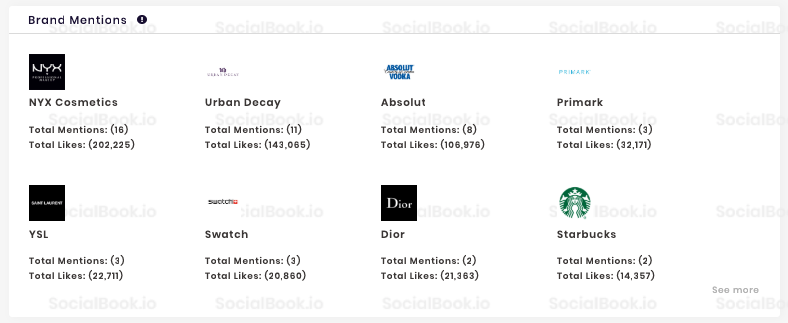
Be aware, that larger influencers tend to have smaller engagement rates than smaller influencers, although many mega-influencers compensate for this with high raw engagement numbers. For example, although Kim Kardashian’s likes per subscriber, at 0.64%, is much lower than Foxfell’s at 3.41%, Ms. Kardashian’s 816.7k average likes far outnumber Foxfell’s 10.9k. The reason why mega-influencers / celebrities can charge so much is because of these raw engagement and follower numbers.
Make A List of Those Who Appear to be the Best Influencers for your Goals
Work your way through potential influencers until you have found enough influencers who you feel will be valuable for your campaign. The next step will be to approach them and check their availability and willingness to help you.
Remember that influencers must keep authenticity with their followers. So, they too will want to ensure that your brand and products would make a suitable match. If you have selected your influencers wisely, they will often be someone who would personally use your product.
With the in-depth and accurate channel analytics of each influencer, SocialBook provides all the necessary knowledge to find the right influencers to work with, and avoid wasting budget on the wrong influencers.

